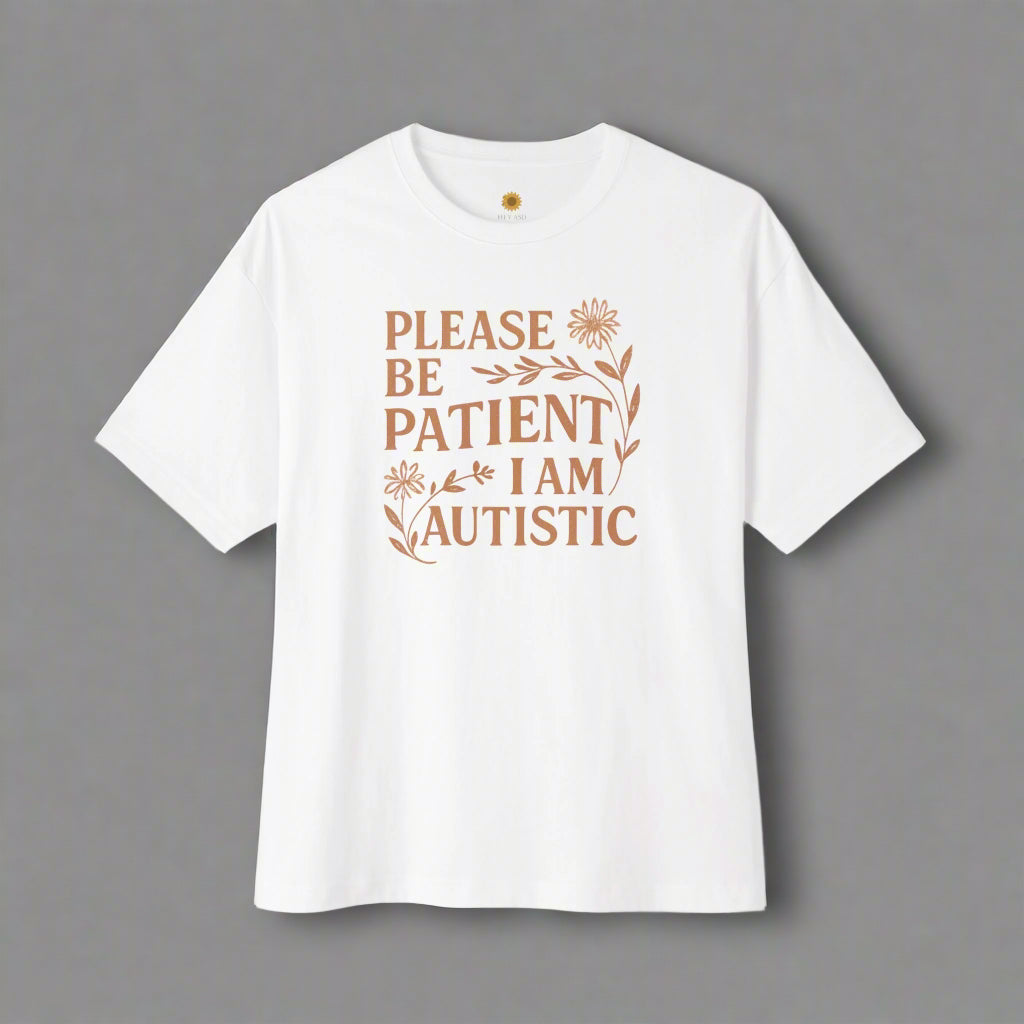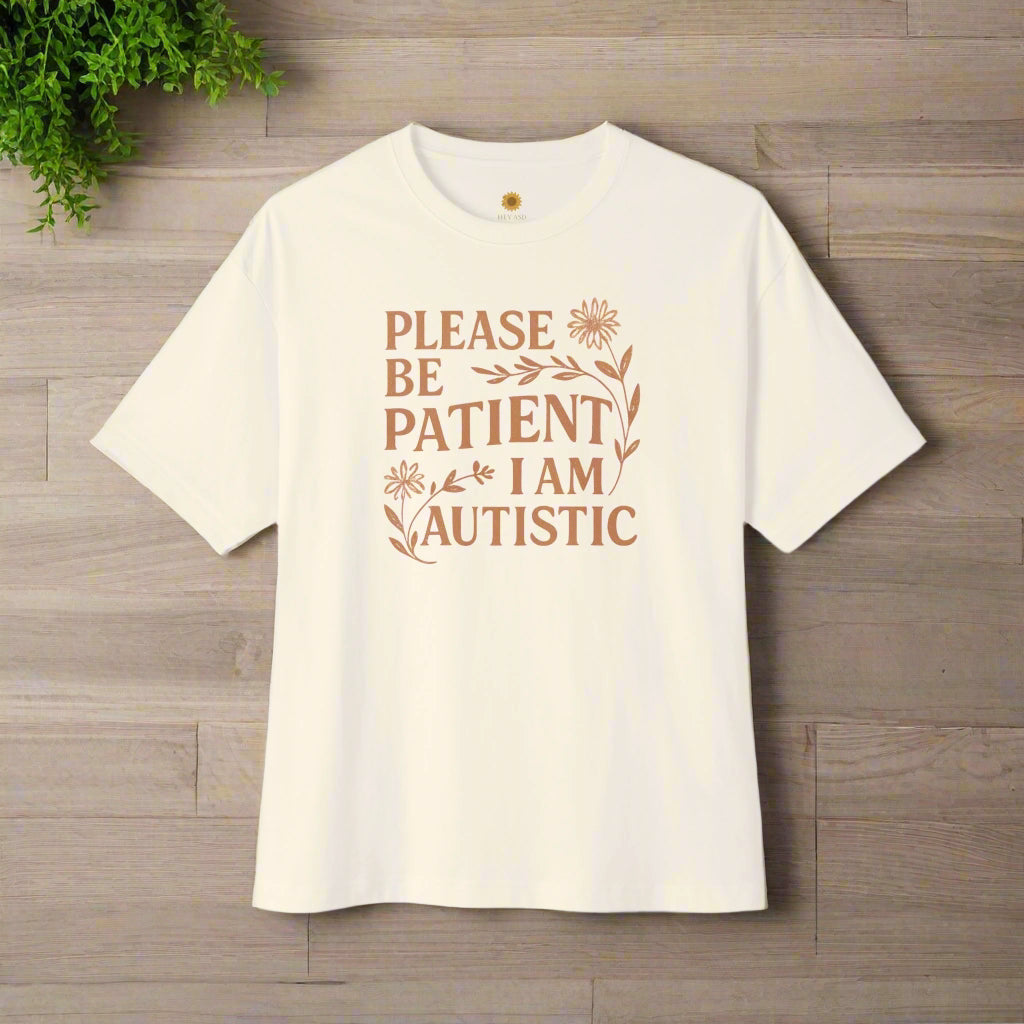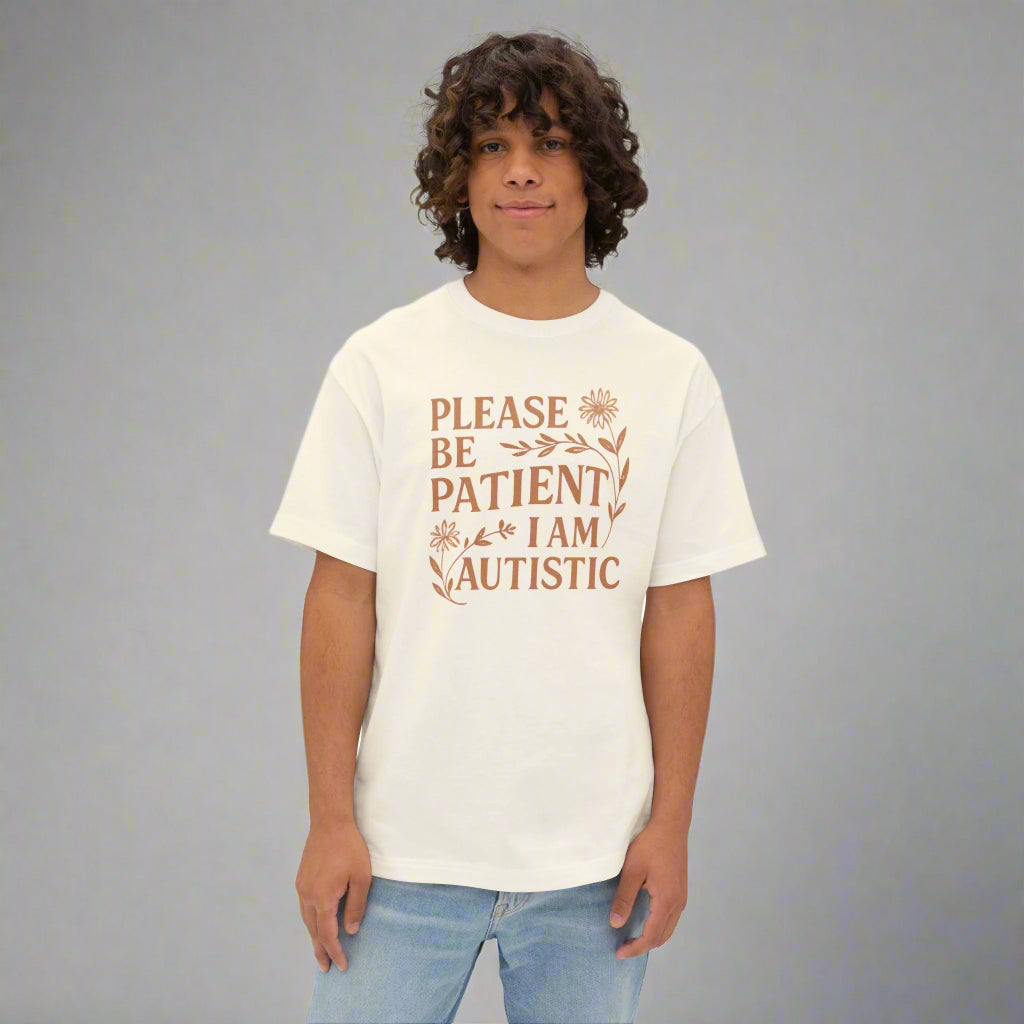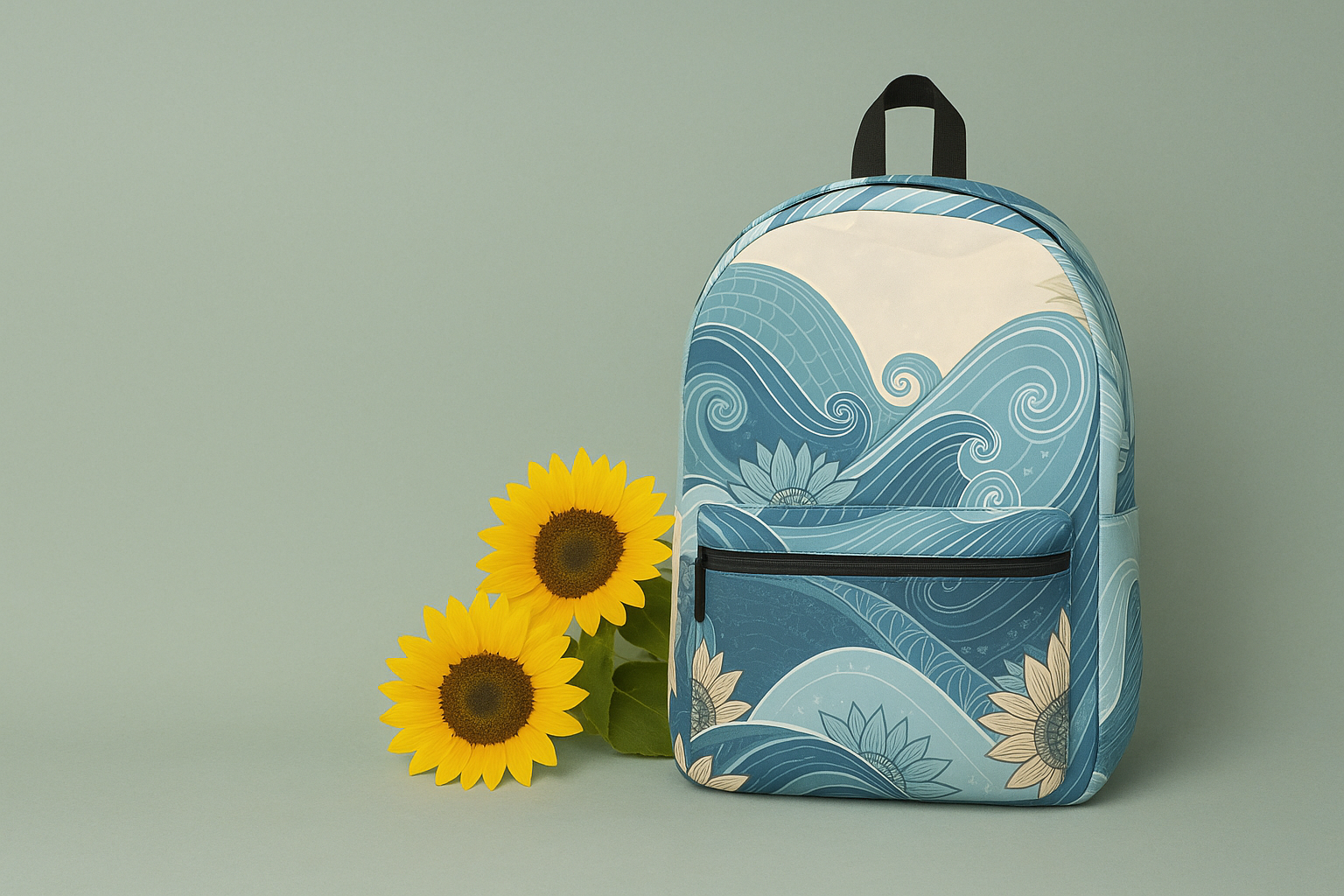Autism, also known as Autism Spectrum Disorder (ASD), is a developmental disorder that affects how a person perceives the world and interacts with others. It is a complex condition characterized by a wide range of abilities and challenges. While each individual on the autism spectrum is unique, there are common traits that many people with autism exhibit.

What Are Autistic Traits?
Autistic traits refer to the behavioral patterns and characteristics commonly observed in individuals with autism. These traits can vary significantly from person to person but generally involve difficulties in social communication, repetitive behaviors, and sensory sensitivities.
Social Communication Challenges
One of the core autistic traits is difficulty with social interactions. Autistic individuals may struggle with understanding and using verbal and non-verbal cues, such as body language, facial expressions, and tone of voice. They may find it challenging to initiate or maintain conversations, interpret sarcasm or humor, and understand the perspectives of others.
Repetitive Behaviors and Restricted Interests
Another common autistic trait is engaging in repetitive behaviors and developing restricted interests. This can manifest as repetitive movements (e.g., hand flapping, rocking), rigid adherence to routines or rituals, and a strong preference for specific topics or activities. These repetitive behaviors and restricted interests often provide comfort and a sense of predictability to individuals with autism.
Sensory Sensitivities
Many autistic individuals experience sensory sensitivities, meaning they may be more or less sensitive to certain sensory stimuli such as noise, light, touch, taste, or smell. Some may be overwhelmed by loud noises or bright lights, while others may seek sensory stimulation. Sensory sensitivities can significantly impact an individual's daily life and contribute to challenges in various environments.

Common Autistic Traits
While autistic traits can differ from person to person, there are several characteristics commonly associated with autism:
Difficulty with Social Interactions: Autistic individuals may struggle with making and maintaining friendships, understanding social norms, and interpreting social cues accurately.
Challenges with Non-Verbal Communication: Many autistic individuals have difficulty understanding and using non-verbal communication, including body language and facial expressions.
Rigidity and Resistance to Change: Individuals with autism often find it challenging to adapt to changes in routines or unexpected events. They may prefer consistency and predictability.
Special Interests and Intense Focus: Autistic individuals may have a deep passion for specific topics and engage in focused, in-depth exploration of those interests.
Sensory Processing Differences: Sensory sensitivities or differences in sensory processing can impact how autistic individuals perceive and respond to their environment.
Executive Functioning Challenges: Many individuals with autism struggle with executive functioning skills, such as planning, organizing, and managing time effectively.
Misconceptions about Autistic Traits
Unfortunately, there are many misconceptions and stereotypes surrounding autism and autistic traits. It is crucial to dispel these myths to foster a better understanding and acceptance of neurodiversity. Autism is not a disease or something to be cured; it is a different way of perceiving the world.

Supporting Individuals with Autistic Traits
Creating an inclusive and supportive environment for individuals with autistic traits is essential. Here are some strategies for supporting autistic individuals:
Encouraging Social Inclusion: Promote inclusive practices that foster social interaction and acceptance among neurodiverse individuals and their peers.
Promoting Effective Communication: Use clear and concise language, provide visual supports, and encourage alternative communication methods if necessary.
Creating Sensory-Friendly Environments: Minimize sensory overload by providing quiet spaces, considering lighting and sound levels, and accommodating sensory needs.
Conclusion
Understanding common autistic traits is crucial for promoting acceptance and inclusion. Autistic individuals possess unique strengths and perspectives that contribute to our diverse society. By embracing neurodiversity, we can create a world that appreciates and accommodates everyone's differences.
FAQs
1. Can autistic traits change over time? Yes, autistic traits can change and evolve over time as individuals develop coping mechanisms, receive support, and engage in therapies and interventions.
2. Are all autistic individuals the same? No, each autistic individual is unique, and their experiences and strengths can vary significantly. Autism exists on a spectrum, and the traits and challenges can manifest differently in different individuals.
3. How can I support someone with autistic traits? Supporting someone with autistic traits involves creating a supportive and inclusive environment, promoting effective communication, and understanding and accommodating their specific needs.
4. Is autism a disability? Autism is considered a neurodevelopmental disorder rather than a disability. However, many autistic individuals may experience challenges that can impact their daily lives and require support.
5. Can individuals with autistic traits lead fulfilling lives? Absolutely! With the right support, understanding, and opportunities, individuals with autistic traits can lead fulfilling lives and make valuable contributions to society.

























1 comment
I love this page… I really learnt new things today. Thanks for daily update